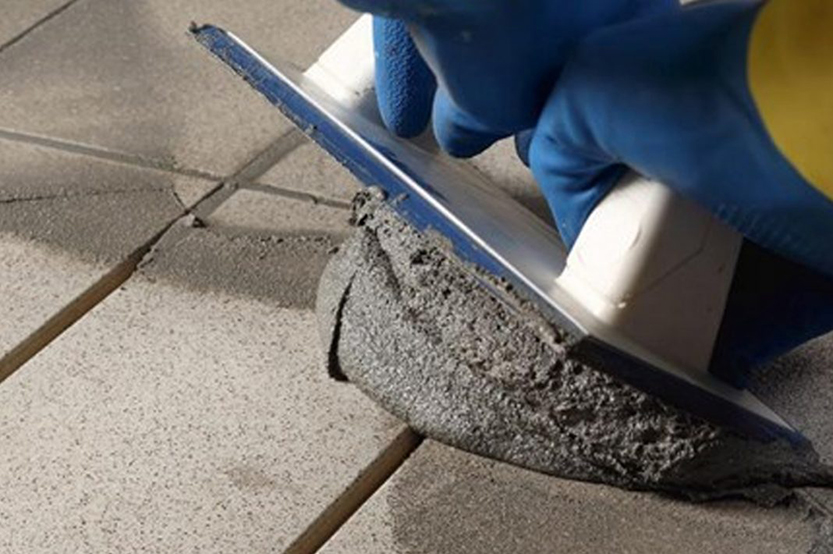
юли . 11, 2024 15:13 Back to list
Similar Structure to HPMC for Improved Performance in Pharmaceutical Applications
Hydroxypropyl methylcellulose (HPMC) is a semi-synthetic polymer derived from cellulose, which is a natural polymer found in plants. HPMC is made by treating cellulose with an alkali and then etherifying it with propylene oxide and methyl chloride. This process results in a polymer with improved solubility and properties compared to its natural counterpart.
The structure of HPMC is made up of repeating units of glucose molecules linked together by β-(1→4) glycosidic bonds. The hydroxyl groups on the glucose units are partially substituted with methoxy and hydroxypropyl groups. The degree of substitution of these groups can vary, resulting in different grades of HPMC with different properties.
The presence of hydroxypropyl and methoxy groups in the HPMC structure imparts unique properties to the polymer, such as increased solubility in water and organic solvents, improved film-forming ability, and better compatibility with other materials. These properties make HPMC a versatile polymer that is widely used in various industries, including pharmaceuticals, cosmetics, food, and construction.
In the pharmaceutical industry, HPMC is commonly used as a thickener, binder, and film-forming agent in tablet formulations. Its film-forming ability allows for the creation of coatings that control drug release rates, protect the drug from moisture and light, and mask unpleasant tastes. HPMC is also used in ophthalmic preparations, where its high viscosity helps to retain the drug in the eye for extended periods of time.
In the cosmetics industry, HPMC is used in a wide range of products, including creams, lotions, and makeup

hpmc structure. Its film-forming and thickening properties make it ideal for creating stable emulsions and achieving desired textures in cosmetic formulations. HPMC is also used as a suspending agent in shampoos and body washes to prevent the settling of particles and improve product performance. In the food industry, HPMC is used as a thickener, emulsifier, stabilizer, and gelling agent in a variety of products, including sauces, dressings, and bakery goods. Its ability to form gels at low concentrations makes it particularly useful in products that require a smooth and creamy texture, such as ice creams and yogurts. HPMC is also used as a fat replacer in low-fat and reduced-calorie foods to improve their texture and mouthfeel. In the construction industry, HPMC is used as an additive in cement-based materials to improve their workability, adhesion, and water retention. Its film-forming and thickening properties help to prevent sagging and cracking in mortar and plaster formulations. HPMC is also used as a retardant in gypsum-based products to extend their setting time and improve their strength and durability. In conclusion, the unique structure of HPMC makes it a valuable and versatile polymer with a wide range of applications in various industries. Its solubility, film-forming ability, and compatibility with other materials make it an essential ingredient in pharmaceuticals, cosmetics, food, and construction products.

hpmc structure. Its film-forming and thickening properties make it ideal for creating stable emulsions and achieving desired textures in cosmetic formulations. HPMC is also used as a suspending agent in shampoos and body washes to prevent the settling of particles and improve product performance. In the food industry, HPMC is used as a thickener, emulsifier, stabilizer, and gelling agent in a variety of products, including sauces, dressings, and bakery goods. Its ability to form gels at low concentrations makes it particularly useful in products that require a smooth and creamy texture, such as ice creams and yogurts. HPMC is also used as a fat replacer in low-fat and reduced-calorie foods to improve their texture and mouthfeel. In the construction industry, HPMC is used as an additive in cement-based materials to improve their workability, adhesion, and water retention. Its film-forming and thickening properties help to prevent sagging and cracking in mortar and plaster formulations. HPMC is also used as a retardant in gypsum-based products to extend their setting time and improve their strength and durability. In conclusion, the unique structure of HPMC makes it a valuable and versatile polymer with a wide range of applications in various industries. Its solubility, film-forming ability, and compatibility with other materials make it an essential ingredient in pharmaceuticals, cosmetics, food, and construction products.
Latest news
-
The Ultimate Guide to Mortar Bonding Agent
NewsAug.06,2025
-
Redispersible Powder: The Ultimate Solution for Modern Construction Needs
NewsAug.06,2025
-
HPMC: Unlocking Versatility in Industrial Applications
NewsAug.06,2025
-
HPMC: Revolutionizing the Industry with Superior Formulations
NewsAug.06,2025
-
Discover the Power of Redispersible Polymer Powder
NewsAug.06,2025
-
All You Need to Know About Mortar RDP
NewsAug.06,2025
Related PRODUCTS







